
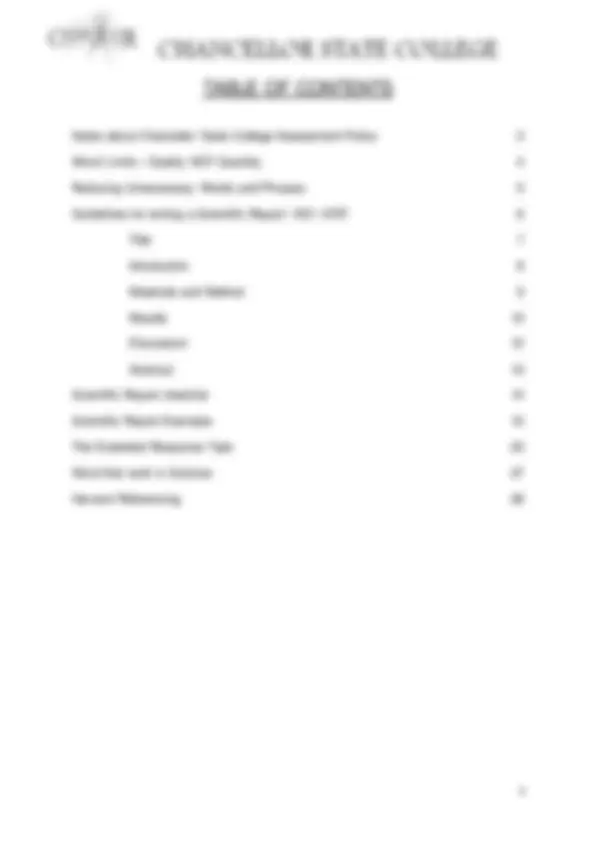
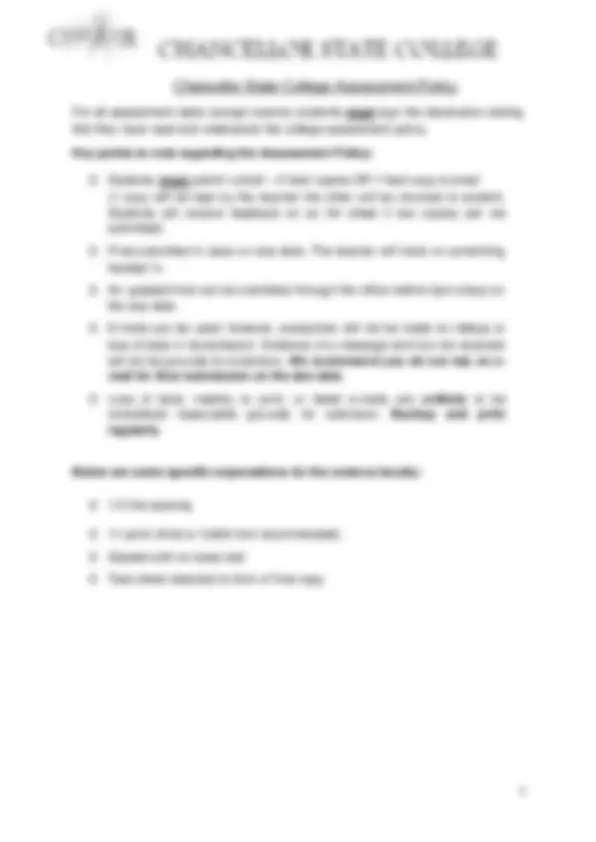
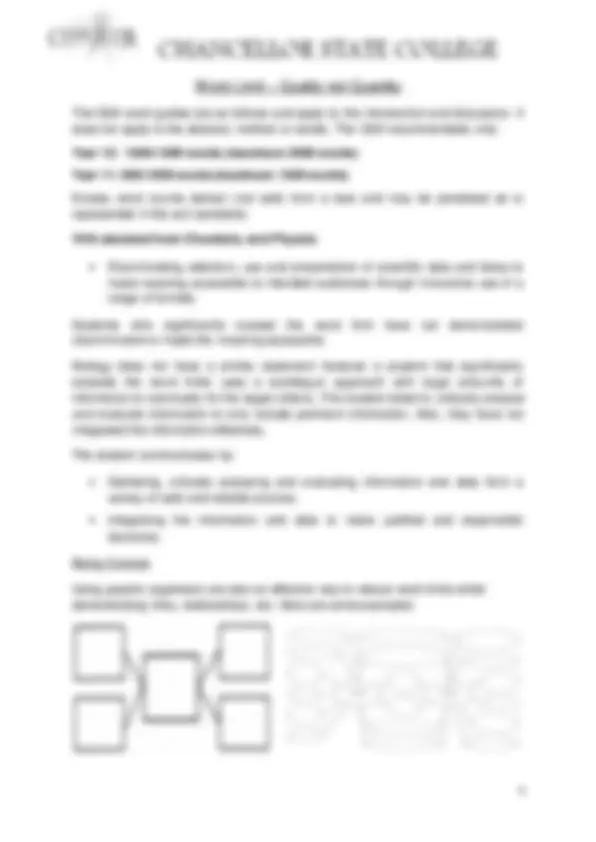
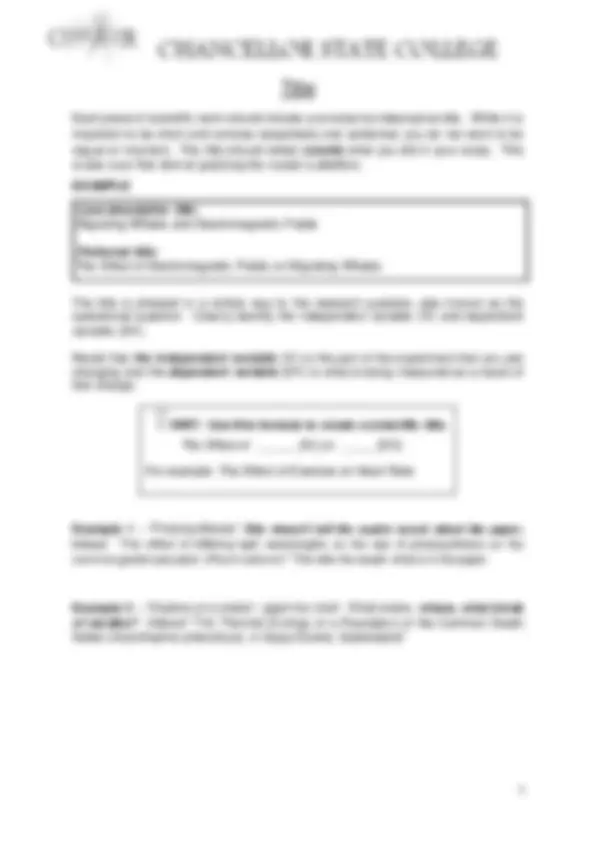
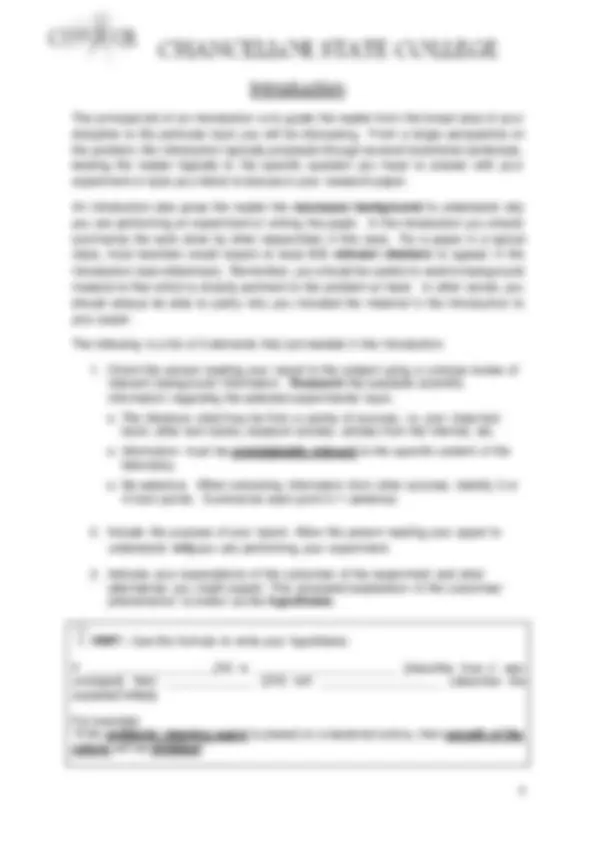
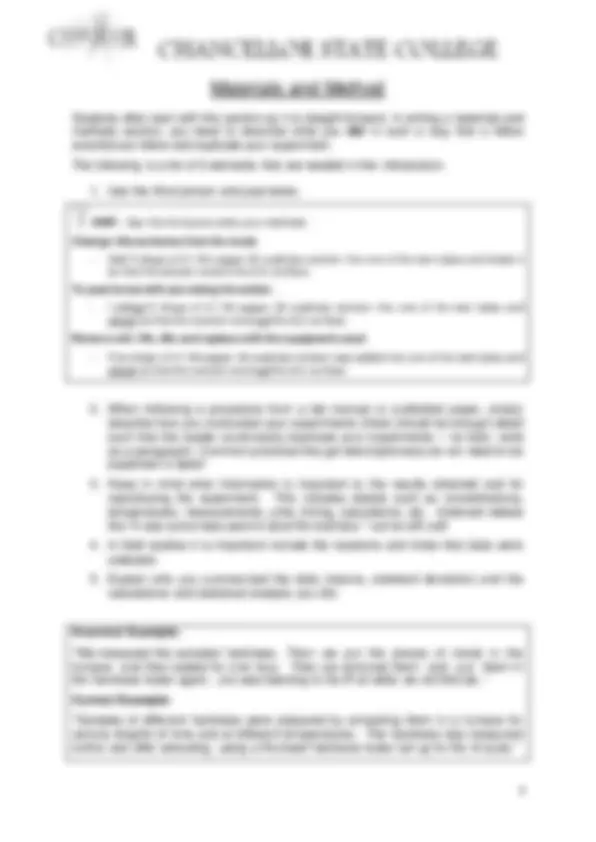
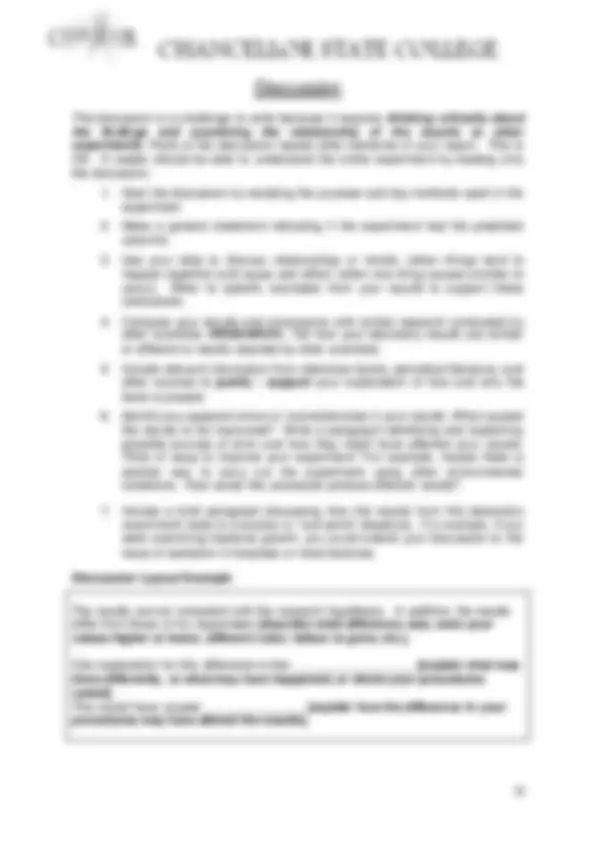
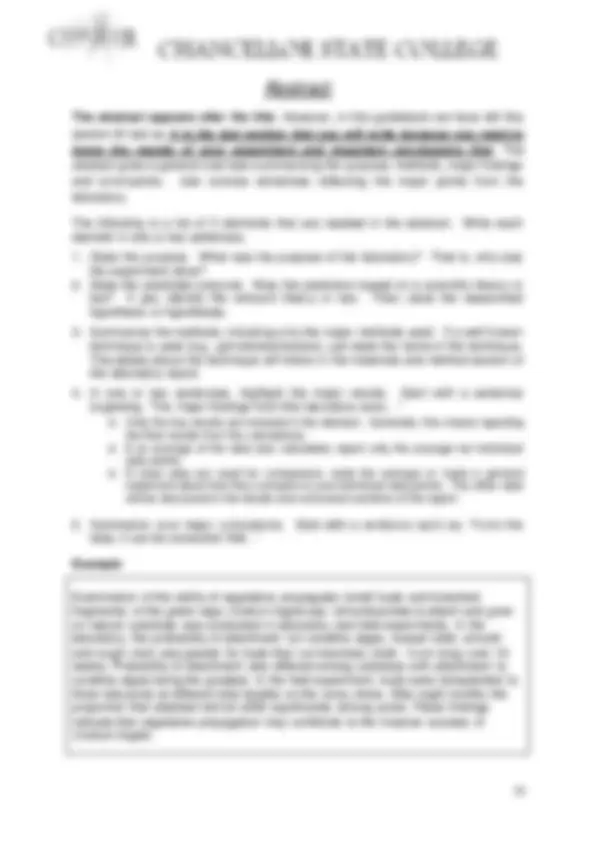
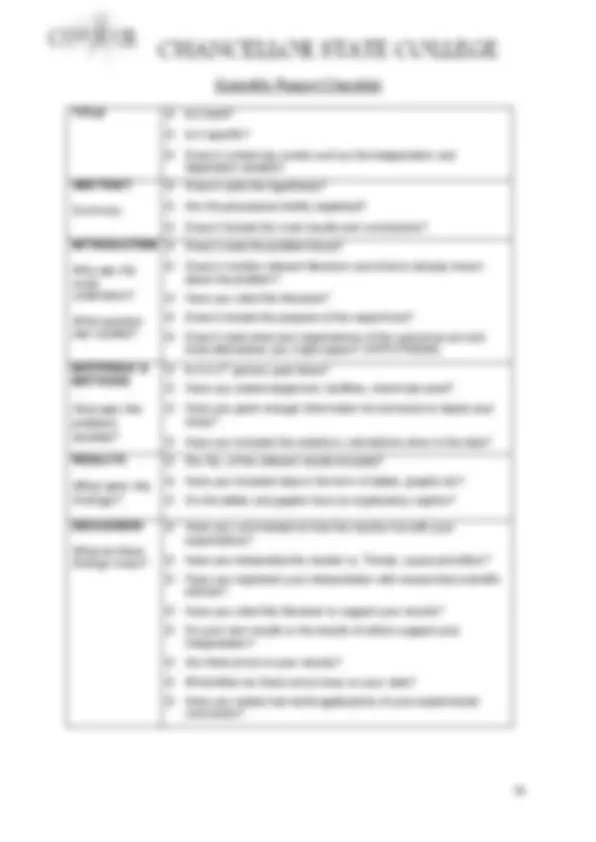
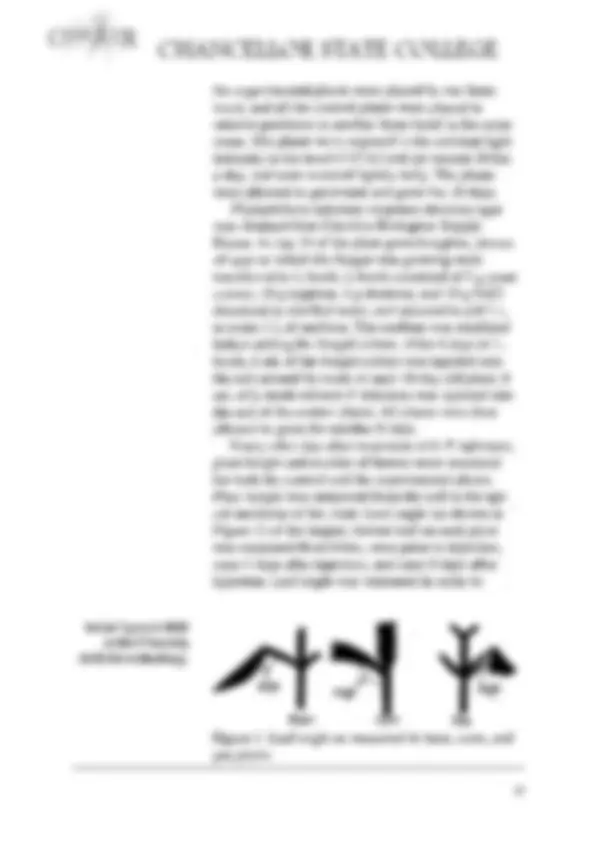
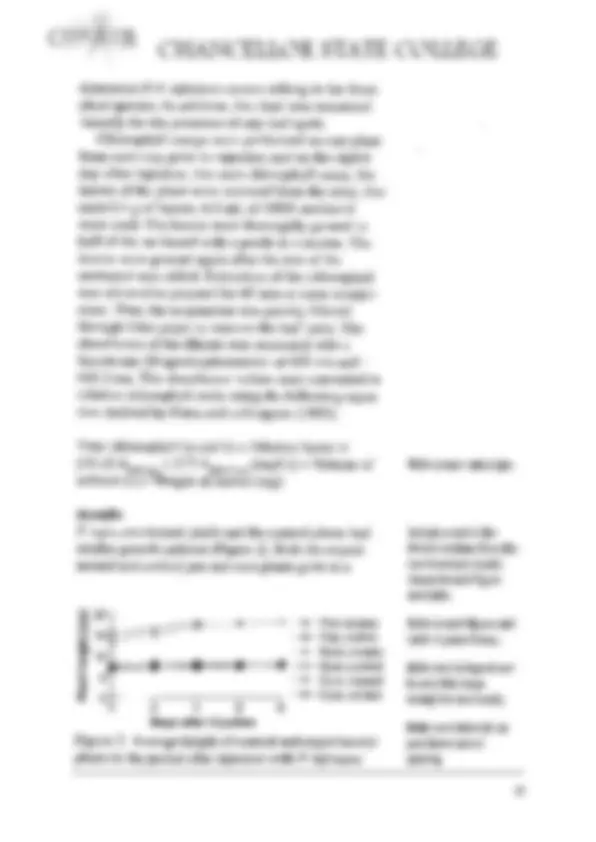
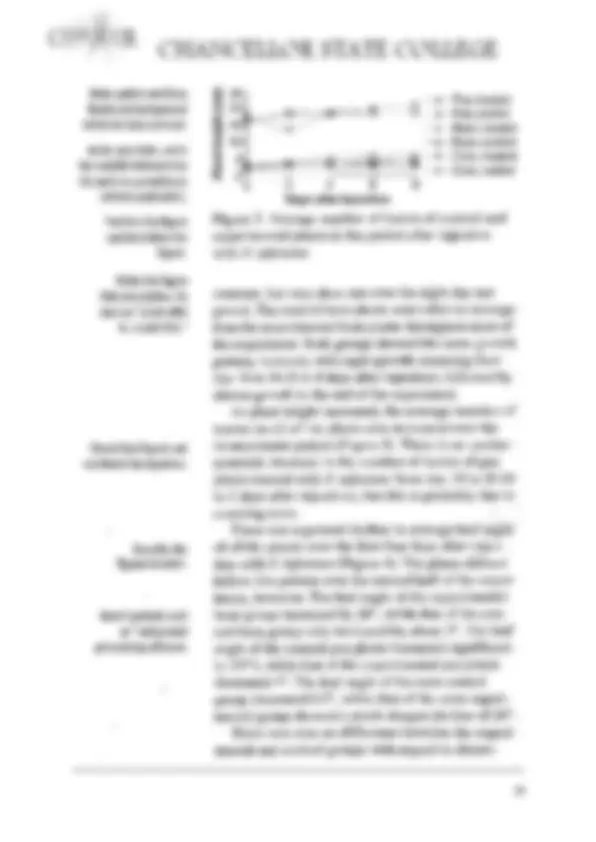
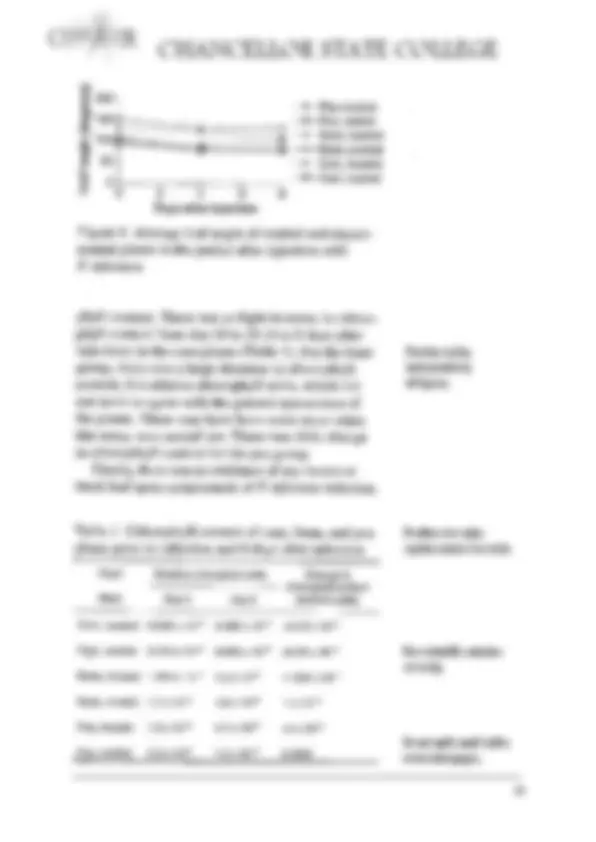
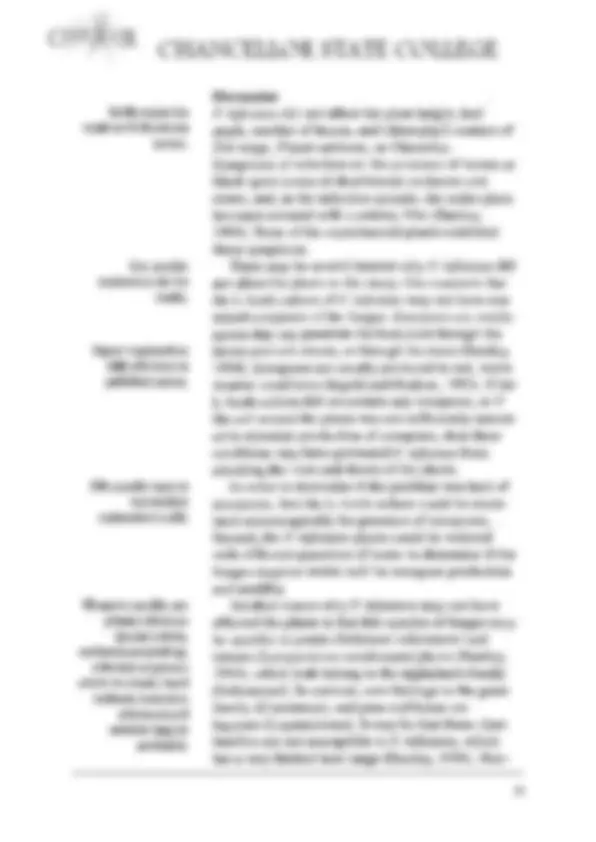
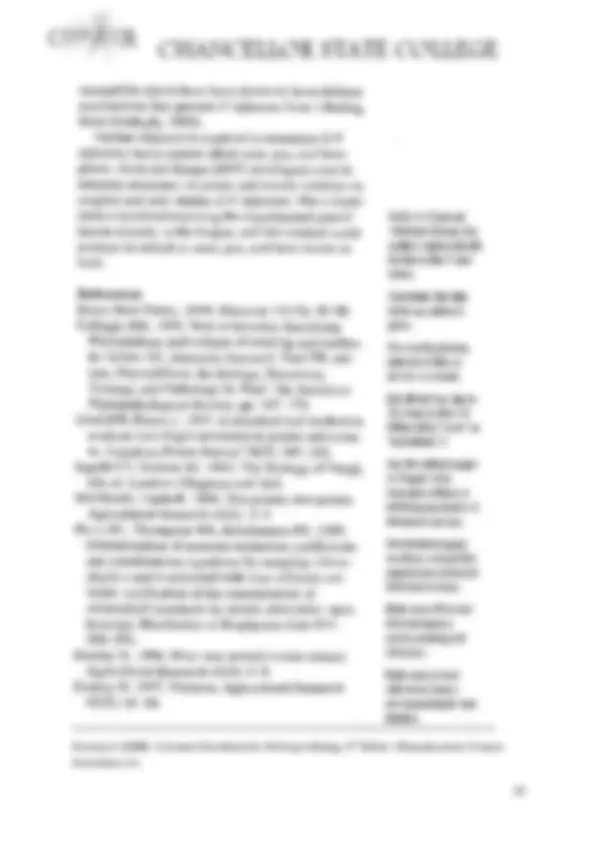
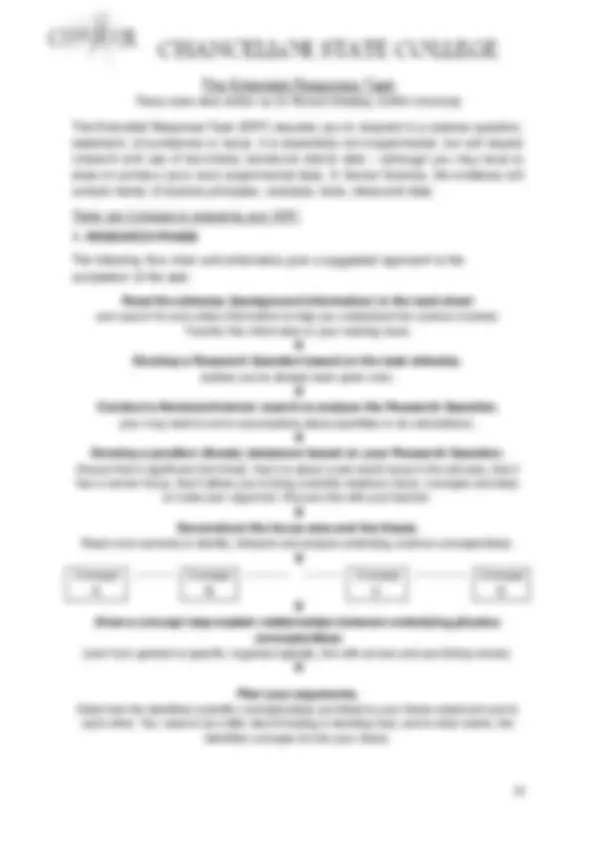
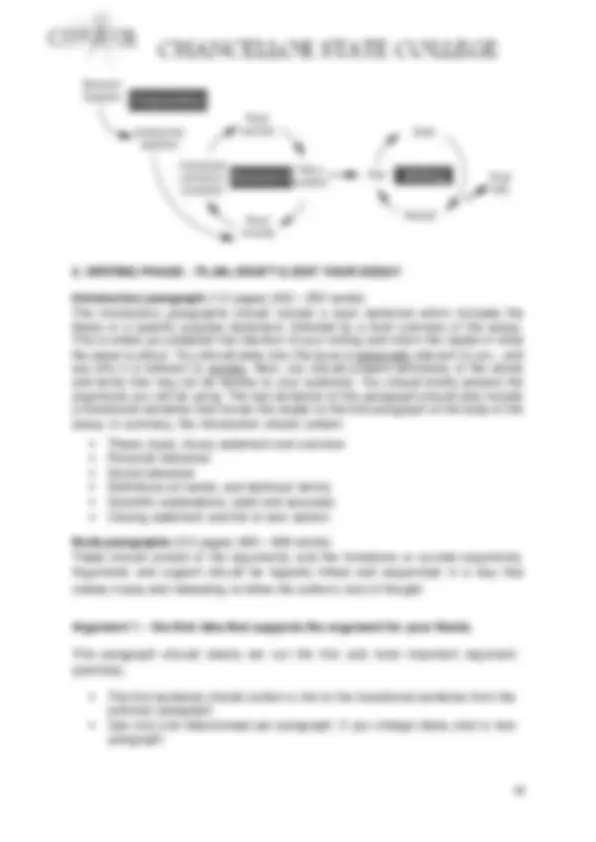
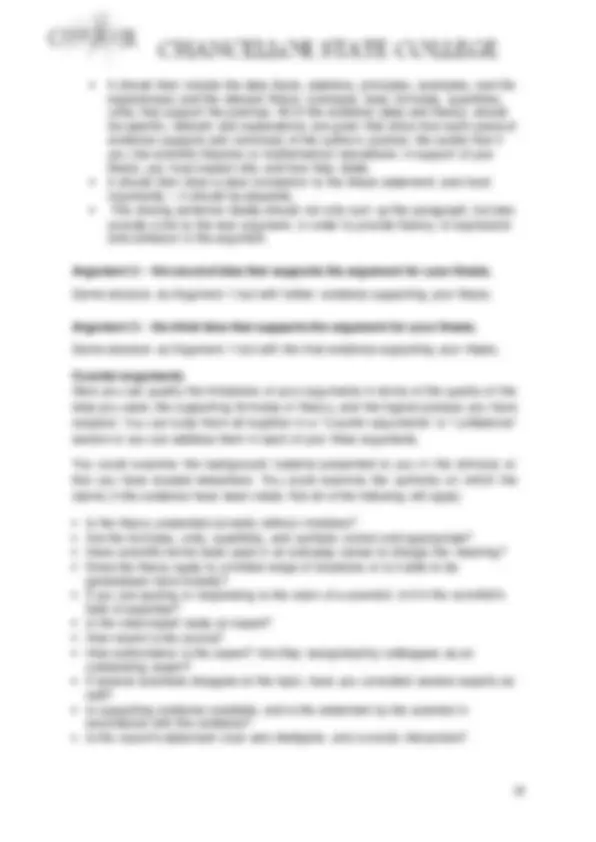
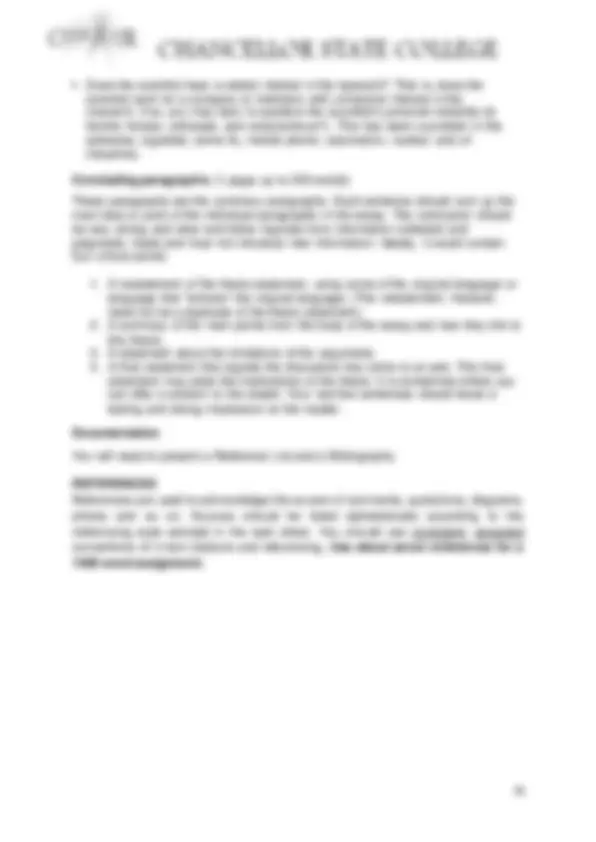
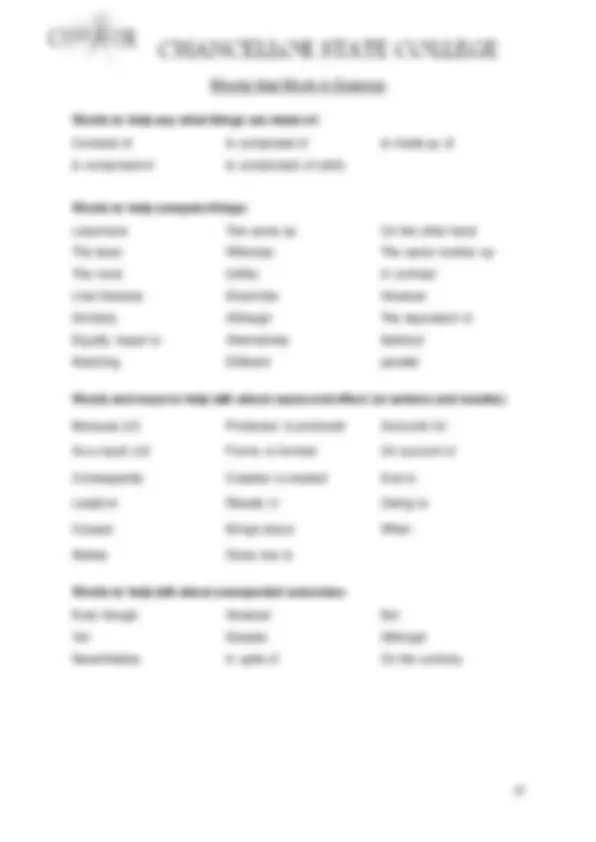
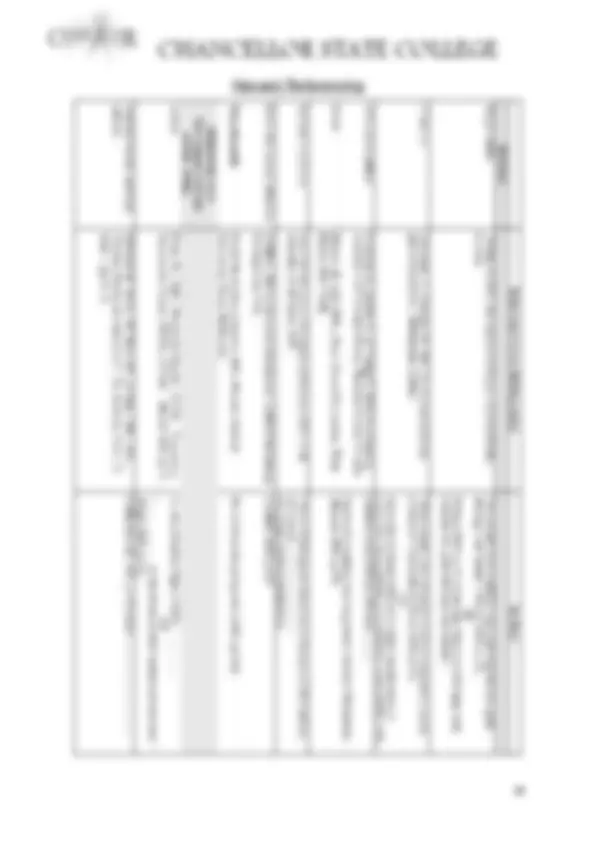
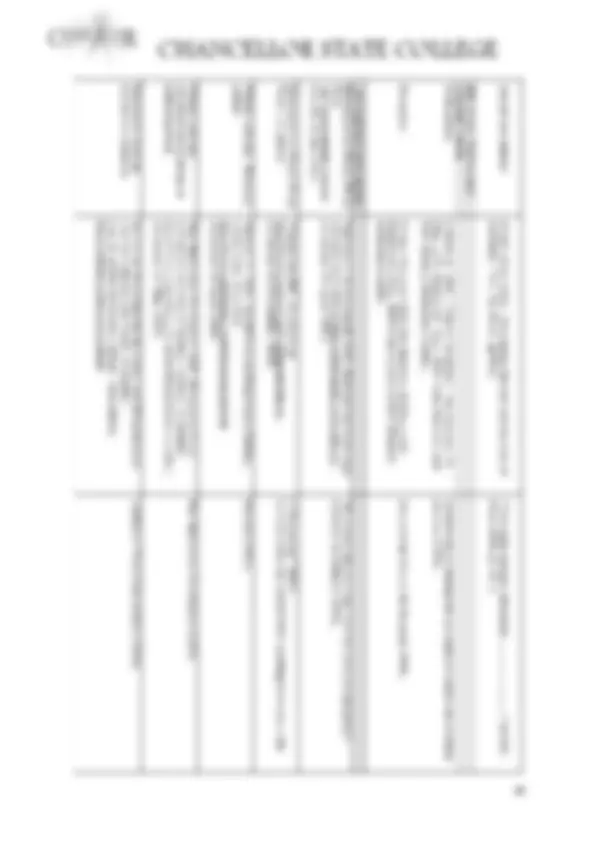
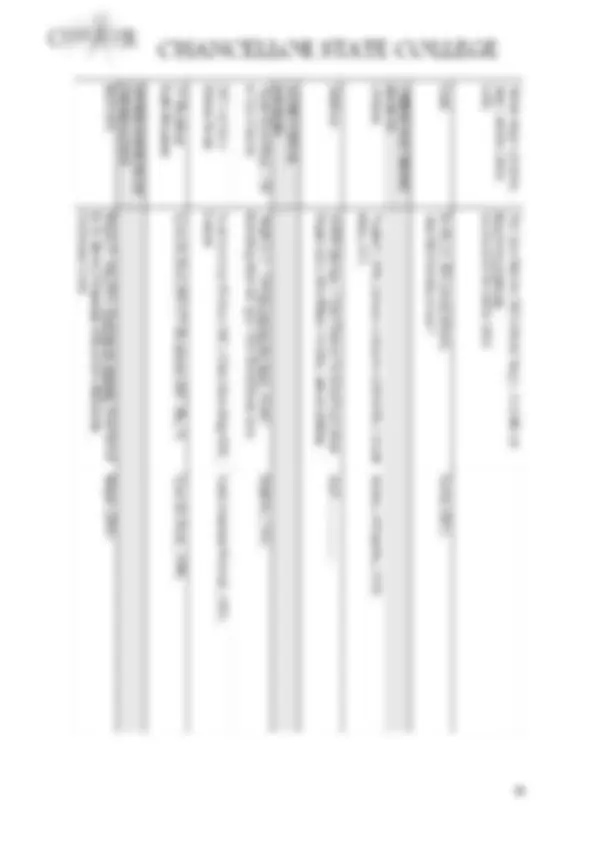
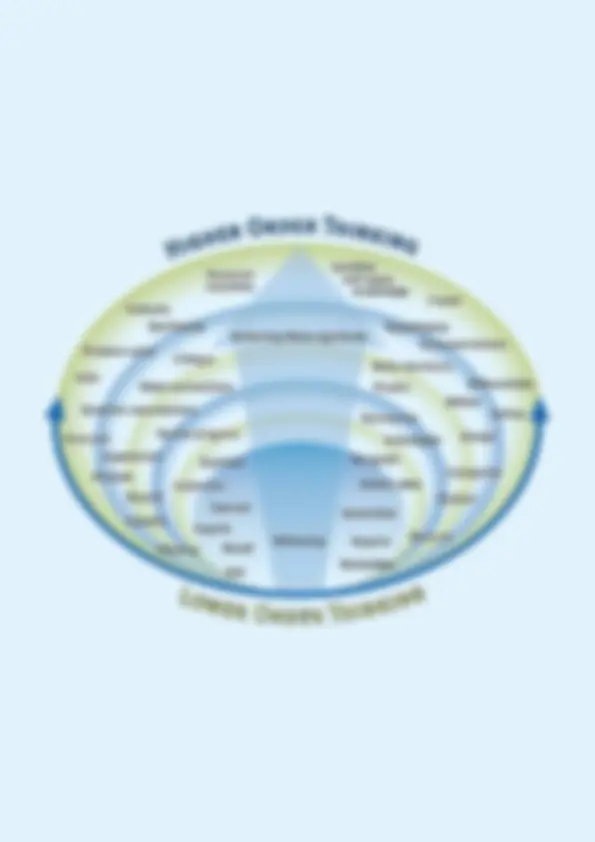


Study with the several resources on Docsity

Earn points by helping other students or get them with a premium plan


Prepare for your exams
Study with the several resources on Docsity

Earn points to download
Earn points by helping other students or get them with a premium plan
Community
Ask the community for help and clear up your study doubts
Discover the best universities in your country according to Docsity users
Free resources
Download our free guides on studying techniques, anxiety management strategies, and thesis advice from Docsity tutors
For all assessment tasks (except exams) students must sign the declaration stating that they have read and understood the college assessment policy.
Typology: Study Guides, Projects, Research
1 / 32

This page cannot be seen from the preview
Don't miss anything!

























For all assessment tasks (except exams) students must sign the declaration stating that they have read and understood the college assessment policy.
Key points to note regarding the Assessment Policy:
Students must submit a draft – 2 hard copies OR 1 hard copy & email (1 copy will be kept by the teacher the other will be returned to student. Students will receive feedback on an A4 sheet if two copies are not submitted) Final submitted in class on due date. The teacher will insist on something handed in. An updated final can be submitted through the office before 3pm sharp on the due date. E-mails can be used; however, exceptions will not be made for delays or loss of data in transmission. Evidence of a message sent but not received will not be grounds for extension. We recommend you do not rely on e- mail for final submission on the due date. Loss of data, inability to print, or failed e-mails are unlikely to be considered reasonable grounds for extension. Backup and print regularly.
Below are some specific expectations for the science faculty:
1.5 line spacing
11 point (Arial or Calibri font recommended) Stapled with no loose leaf Task sheet attached to front of final copy
The QSA word guides are as follows and apply to the introduction and discussion. It does not apply to the abstract, method or results. The QSA recommendeds only:
Year 12: 1000-1500 words (maximum 2000 words)
Year 11: 800-1000 words (maximum 1500 words)
Excess word counts detract (not add) from a task and may be penalised as is represented in the exit standards.
VHA standard from Chemistry and Physics
Discriminating selection, use and presentation of scientific data and ideas to make meaning accessible to intended audiences through innovative use of a range of formats.
Students who significantly exceed the word limit have not demonstrated discrimination or made the meaning accessible.
Biology does not have a similar statement however a student that significantly exceeds the word limits uses a scattergun approach with large amounts of information to eventually hit the target criteria. This student failed to critically analyse and evaluate information to only include pertinent information. Also, they have not integrated the information effectively.
The student communicates by:
Gathering, critically analysing and evaluating information and data from a variety of valid and reliable sources. Integrating the information and data to make justified and responsible decisions.
Being Concise
Using graphic organisers are also an effective way to reduce word limits whilst demonstrating links, relationships, etc. Here are some examples:
An essential part of science is learning to communicate findings from a scientific investigation. Thus, preparation of a laboratory report in the form of a scientific paper is regarded as an important part of your learning. Formal laboratory reports are typically required in the sciences. A formal laboratory report is utilized either for writing up a given laboratory that you performed or for designing and conducting your own laboratory exercise.
These reports are an important mode of assessment and should represent your best work. Follow the content and format provided by your teacher and outlined below.
A scientific paper must fulfill two objectives. First, it must accurately describe the procedures that were followed and the results that were obtained. Second, it must place these results in perspective by relating them to the existing state of knowledge and by interpreting their significance for future study.
Scientific papers are written in a standard format with the following sections; Title, Abstract, Introduction, Materials and Methods, Results and Discussion.
References, calculations and raw data are usually included after the discussion. Each section contains specific information about the research being described. In the following document, a description of the information found in each section will be outlined, along with some common mistakes made by students. The best way to get a feel for how a scientific paper is organized is by looking at articles in scientific journals. There are many such jo urnals in the library at the University of the Sunshine Coast or they can be found via the internet using “Google Scholar”.
Title
Each piece of scientific work should include a concise but descriptive title. While it is important to be short and concise (essentially one sentence) you do not want to be vague or incorrect. The title should reflect exactly what you did in your study. This is also your first shot at grabbing the reader’s attention.
EXAMPLE
Less descriptive title: Migrating Whales and Electromagnetic Fields
Preferred title: The Effect of Electromagnetic Fields on Migrating Whales
The title is phrased in a similar way to the research question, also known as the operational question. Clearly identify the independent variable (IV) and dependent variable (DV).
Recall that the independent variable (IV) is the part of the experiment that you are changing and the dependent variable (DV) is what is being measured as a result of that change.
HINT: Use this formula to create a scientific title. The Effect of ______ [IV] on _____ [DV]
For example: The Effect of Exercise on Heart Rate
Example 1 - “Photosynthesis” This doesn’t tell the reader much about the paper. Instead “The effect of differing light wavelengths on the rate of photosynthesis on the common garden pea plant (Pisum sativum) ” This tells the reader what is in the paper.
Example 2 – “Studies on a snake”, again too brief. What snake, where, what kinds of studies? Instead “The Thermal Ecology of a Population of the Common Death Adder ( Acanthophis antarcticus ), in Sippy Downs, Queensland”
Materials and Method
Students often start with this section as it is straight-forward. In writing a materials and methods section, you need to describe what you did in such a way that a fellow scientist can follow and duplicate your experiment.
The following is a list of 5 elements that are needed in the introduction.
HINT: Use this formula to write your methods.
Change this sentence from the book.
To past tense with you doing the action.
Remove all I, We, Me and replace with the equipment used.
Incorrect Example:
"We measured the samples' hardness. Then we put the pieces of metal in the furnace and then waited for one hour. Then we removed them and put them in the hardness tester again. Joe was listening to his IPod while we did this lab..”
Correct Example:
"Samples of different hardness were prepared by annealing them in a furnace for various lengths of time and at different temperatures. The hardness was measured before and after annealing, using a Rockwell hardness tester set up for the B scale.”
Results
The Results section describes, in words, your observations ( qualitative data ) and the measured experimental data ( quantitative data ). It also includes the data displayed in tables and/or in graphs. Results describe only what was found or observed, just the facts. Interpretation and explanation of results is discussed in the discussion section.
Figures
Figures include graphs, maps, photos and technical diagrams. Presentation of data in graphs is generally more desirable than tables because they aid the reader in visualizing trends in the data. There are many different types of graphs, but the most common graphs used in scientific writing are line graphs , used for continuous data such as time and temperature (Fig. 1), and vertical bar graphs used for discrete data such as apples vs oranges OR boys vs girls (Fig. 2). Regardless of the type of graph you use, all contain similar elements.
(1) Axes. A graph consists of a horizontal axis and a vertical axis. The independent variable (what’s changed)are plotted on the horizontal axis (bottom line) and values of the dependent variable (the effect or the outcome you measured) are plotted on the vertical axis (up and down line).
(2) Labels. Both axes should be clearly labelled and include units of measure.
(3) Figure Caption. There should be a figure caption below the graph that briefly describes the information in the figure. It should be clear, concise, and informative. The figure caption should be understandable without reference to the text and answer, if appropriate, the questions “what”, “where”, “when” and “why”. Figures are numbered in order they appear in the text.
EXAMPLE
Discussion
The discussion is a challenge to write because it requires thinking critically about the findings and examining the relationship of the results to other experiments. Parts of the discussion repeat other elements of your report. This is OK. A reader should be able to understand the e ntire experiment by reading only the discussion.
Discussion Layout Example
The results are not consistent with the research hypothesis. In addition, the results differ from those of my classmates [describe what difference was, were your values higher or lower, different color, failure to grow, etc.].
One explanation for this difference is that __________________ [explain what was done differently, or what may have happened, or where your procedures varied]. This would have caused _______________ [explain how the difference in your procedures may have altered the results].
Abstract
The abstract appears after the title. However, in this guidebook we have left this section till last as it is the last section that you will write because you need to know the results of your experiment and important conclusions first. The abstract gives a general overview summarizing the purpose, methods, major findings and conclusions. Use concise sentences reflecting the major points from the laboratory.
The following is a list of 5 elements that are needed in the abstract. Write each element in one or two sentences.
Example
Examination of the ability of vegetative propagules (small buds and branched fragments) of the green alga Codium fragile ssp. tomentosoides to attach and grow on natural substrata was conducted in laboratory and field experiments. In the laboratory, the probability of attachment (on coralline algae, mussel shell, smooth and rough rock) was greater for buds than cut branches (both ~4 cm long) over 10 weeks. Probability of attachment also differed among substrata with attachment to coralline algae being the greatest. In the field experiment, buds were transplanted to three tide pools at different tidal heights on the rocky shore. After eight months the proportion that attached did not differ significantly among pools. These findings indicate that vegetative propagation may contribute to the invasive success of Codium fragile.